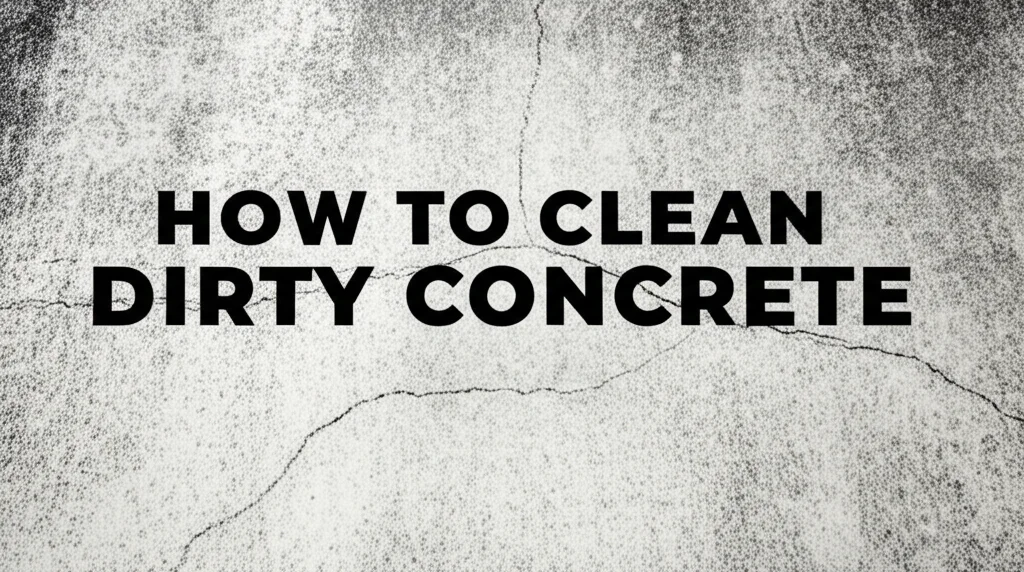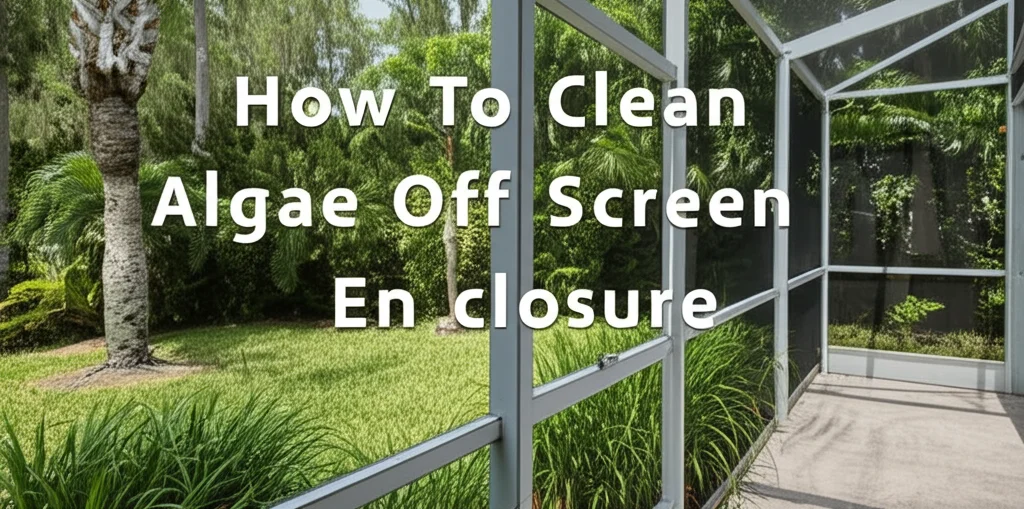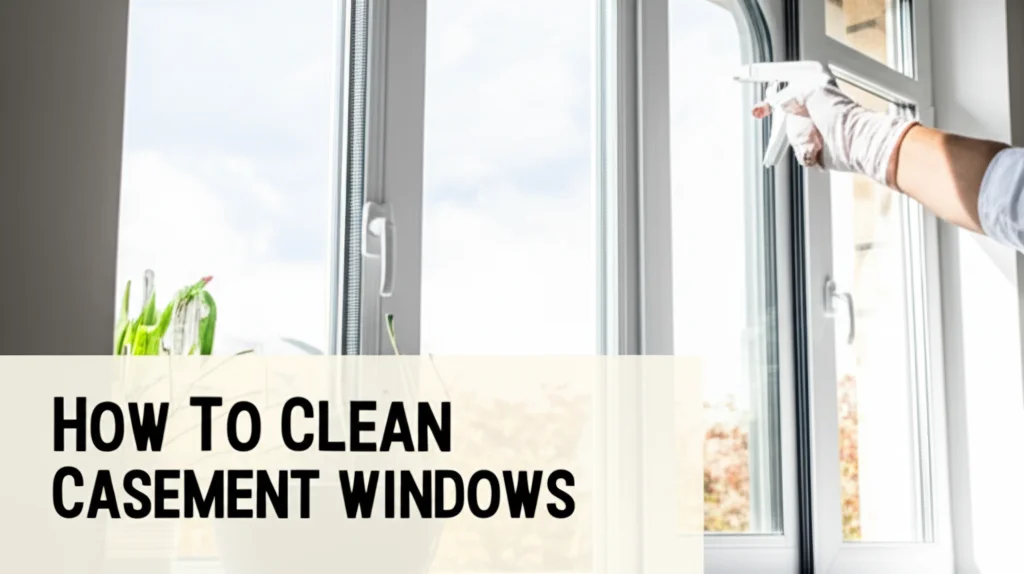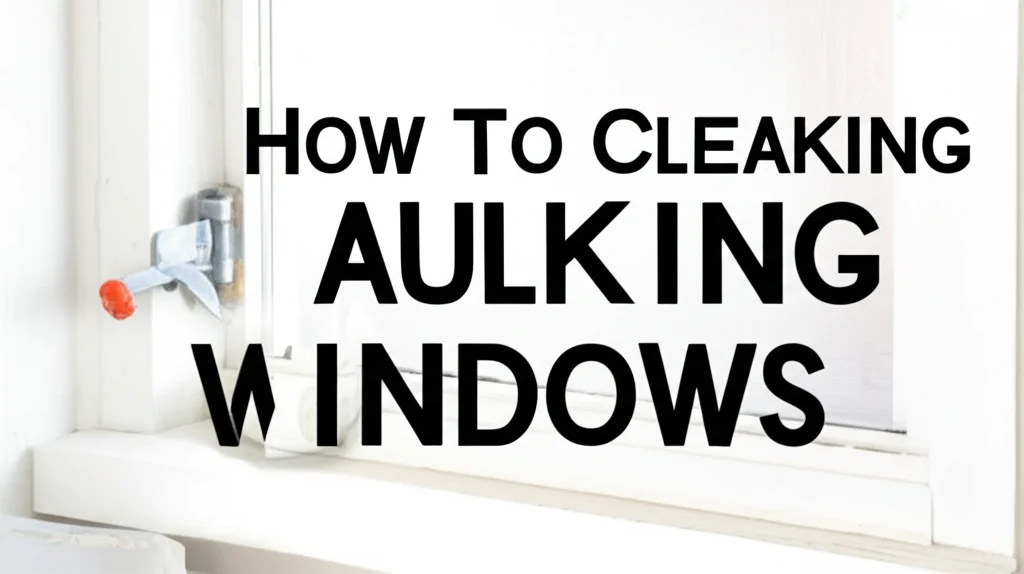· Home Improvement · 7 min read
How To Clean Metal Awnings
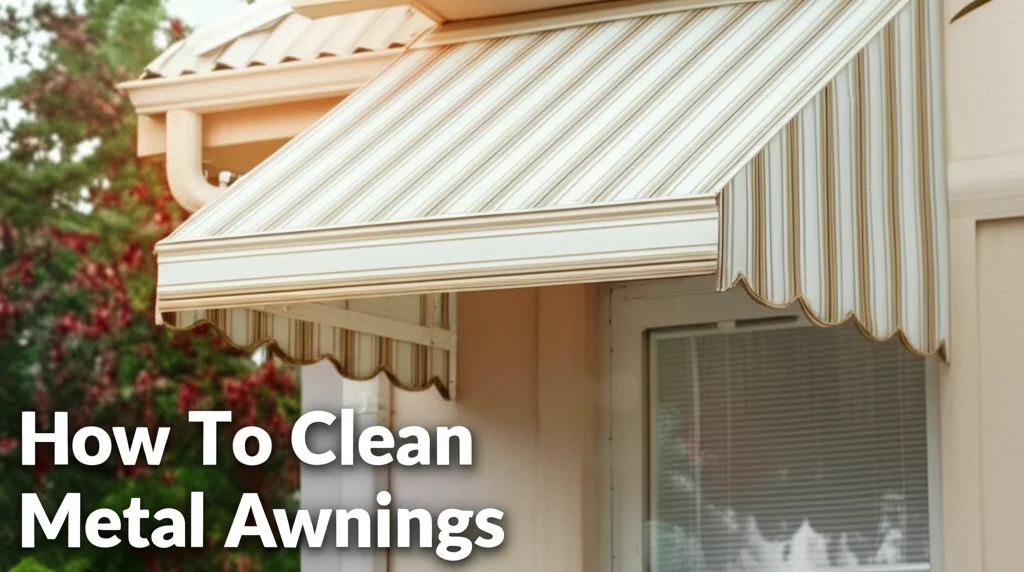
Keeping Your Shelter Sparkling: How To Clean Metal Awnings
Have you noticed your metal awnings looking a little dull? Dirt, pollen, and the elements can quickly take their toll, diminishing their appearance and potentially causing damage. Cleaning metal awnings isn’t difficult, but knowing the right methods is key to preserving their finish and extending their lifespan. This article will walk you through everything you need to know about how to clean metal awnings, from gathering supplies to performing a thorough cleaning and preventative maintenance. We’ll cover different metal types, cleaning solutions, and techniques to ensure your awnings stay protected and beautiful for years to come.
Quick Answer: To clean metal awnings, gently wash them with mild soap and water, using a soft brush or cloth. Rinse thoroughly and dry to prevent water spots. Avoid abrasive cleaners that can damage the finish.
Takeaway:
- Use gentle cleaning solutions.
- Avoid abrasive tools.
- Rinse thoroughly and dry completely.
- Regular cleaning prevents buildup and damage.
Understanding Your Metal Awning Material
Before you start scrubbing, it’s important to identify the type of metal your awning is made of. Different metals require different cleaning approaches. Using the wrong method could cause discoloration, corrosion, or even structural damage. Here’s a breakdown of common metal awning materials:
- Aluminum: This is a popular choice due to its lightweight nature and resistance to rust. Aluminum awnings are generally easy to clean with mild soap and water.
- Steel: Steel awnings are strong and durable, but they are susceptible to rust if the protective coating is compromised. Regular cleaning and maintenance are crucial.
- Galvanized Steel: This type of steel is coated with zinc to prevent rust. It’s more resistant to corrosion than regular steel, but still requires careful cleaning.
- Copper: Copper awnings develop a beautiful patina over time, but they can also tarnish. Specialized copper cleaners are available to restore their shine.
Knowing your awning’s material will guide your choice of cleaning solutions and techniques. If you’re unsure, consult the manufacturer’s instructions or contact a professional.
Gathering Your Cleaning Supplies
Having the right tools on hand will make the cleaning process much easier and more effective. Here’s a checklist of supplies you’ll need:
- Mild Dish Soap: A gentle detergent is ideal for most metal awning types.
- Warm Water: Avoid using extremely hot water, as it can damage some finishes.
- Soft Brush: A long-handled brush with soft bristles is perfect for reaching high areas and gently scrubbing away dirt.
- Soft Cloths or Sponges: Microfiber cloths are excellent for wiping down surfaces without scratching.
- Garden Hose with Spray Nozzle: For rinsing the awning thoroughly.
- Bucket: To mix your cleaning solution.
- Protective Gear: Gloves and eye protection are recommended to protect your skin and eyes.
- Optional: Metal Polish: For restoring shine to certain metal types (like copper).
Avoid using abrasive cleaners, scouring pads, or harsh chemicals, as these can damage the awning’s finish.
The Step-by-Step Cleaning Process
Now that you have your supplies, let’s get cleaning! Follow these steps for a thorough and effective cleaning:
- Preparation: Lay down drop cloths or plastic sheeting to protect the area below the awning.
- Mix Cleaning Solution: In your bucket, mix a small amount of mild dish soap with warm water.
- Apply Solution: Using your soft brush or sponge, apply the cleaning solution to the awning, working in sections.
- Gentle Scrubbing: Gently scrub the surface to remove dirt, grime, and debris. Avoid applying excessive pressure.
- Rinse Thoroughly: Use your garden hose with a spray nozzle to rinse the awning completely, ensuring all soap residue is removed.
- Dry the Awning: Use clean, dry cloths to wipe down the awning and prevent water spots. Allow it to air dry completely.
- Polish (Optional): If desired, apply a metal polish according to the manufacturer’s instructions to restore shine.
Remember to work safely and avoid climbing on unstable surfaces. If your awning is particularly high or difficult to reach, consider hiring a professional cleaning service.
Dealing with Stubborn Stains and Grime
Sometimes, a simple soap and water solution isn’t enough to tackle stubborn stains or grime. Here are a few tips for dealing with more challenging cleaning situations:
- Bird Droppings: Soak the affected area with warm water and gently scrub with a soft brush. You can also use a specialized bird dropping remover.
- Pollen: A pressure washer (used on a low setting) can be effective for removing pollen buildup. Be careful not to damage the awning’s finish.
- Mold and Mildew: Mix a solution of water and white vinegar (1:1 ratio) and apply it to the affected area. Let it sit for a few minutes, then scrub gently and rinse thoroughly. You can also find specialized mold and mildew removers for metal surfaces. https://www.beacleaner.com/how-to-remove-mold-from-painted-walls/
- Rust (Steel Awnings): Remove loose rust with a wire brush, then apply a rust converter or primer to prevent further corrosion.
Always test any cleaning solution in an inconspicuous area first to ensure it doesn’t damage the awning’s finish.
Preventing Future Buildup and Damage
Regular maintenance is key to keeping your metal awning looking its best and preventing costly repairs. Here are a few preventative measures you can take:
- Regular Cleaning: Clean your awning at least twice a year, or more frequently if you live in a dusty or polluted area.
- Inspect for Damage: Regularly inspect your awning for signs of rust, corrosion, or damage. Address any issues promptly to prevent them from worsening.
- Trim Overhanging Branches: Trim any trees or shrubs that overhang your awning to prevent leaves, sap, and bird droppings from accumulating.
- Apply Protective Coating: Consider applying a protective coating to your awning to help repel dirt, water, and UV rays.
- Avoid Abrasive Cleaners: Always use gentle cleaning solutions and avoid abrasive tools that can damage the finish.
Taking these steps will help extend the lifespan of your metal awning and keep it looking beautiful for years to come.
Choosing the Right Cleaning Solution for Different Metals
Selecting the appropriate cleaning solution is crucial for maintaining the integrity of your metal awning. Here’s a more detailed guide:
- Aluminum: Mild dish soap and water are generally sufficient. For tougher stains, you can use a specialized aluminum cleaner.
- Steel: Use a mild detergent and water. For rust prevention, consider applying a wax-based protectant after cleaning.
- Galvanized Steel: Avoid acidic cleaners, as they can damage the zinc coating. Use a mild detergent and water, and rinse thoroughly.
- Copper: Use a specialized copper cleaner to remove tarnish and restore shine. Avoid abrasive cleaners, as they can scratch the surface. https://www.beacleaner.com/how-to-clean-stainless-steel-sink-paint-stains/
Always read the manufacturer’s instructions before using any cleaning product.
FAQ: Your Metal Awning Cleaning Questions Answered
Q: How often should I clean my metal awning? A: Ideally, clean your metal awning at least twice a year – spring and fall. However, if you live in an area with high pollution, pollen, or frequent storms, you may need to clean it more often.
Q: Can I use a pressure washer to clean my metal awning? A: Yes, but use caution. Set the pressure washer to a low setting and keep the nozzle at a safe distance to avoid damaging the finish.
Q: What should I do if my metal awning is rusting? A: Remove loose rust with a wire brush, then apply a rust converter or primer to prevent further corrosion. Consider repainting the awning with a rust-resistant paint.
Q: Is it safe to use vinegar on my metal awning? A: Diluted white vinegar (1:1 ratio with water) can be used to remove mold and mildew, but avoid using it on galvanized steel, as it can damage the zinc coating.
Q: How can I prevent water spots on my metal awning? A: Dry the awning thoroughly with clean, dry cloths after rinsing. You can also apply a water repellent coating to help prevent water spots.
Q: Can I use baking soda to clean my metal awning? A: While baking soda is a mild abrasive, it’s generally not recommended for metal awnings as it can potentially scratch the finish. Stick to mild dish soap and water. https://www.beacleaner.com/how-to-remove-baking-soda-residue-from-carpet/
Conclusion: Protecting Your Investment
Cleaning your metal awning is a simple yet important task that can significantly extend its lifespan and maintain its aesthetic appeal. By understanding your awning’s material, using the right cleaning supplies, and following the steps outlined in this guide, you can keep your shelter sparkling for years to come. Remember to prioritize gentle cleaning methods and preventative maintenance to avoid damage and costly repairs. Don’t hesitate to seek professional help if you’re unsure about any aspect of the cleaning process. A clean metal awning not only enhances your home’s curb appeal but also protects you from the elements, making it a worthwhile investment to maintain.

